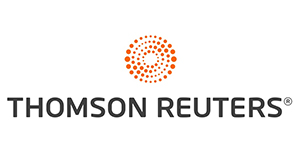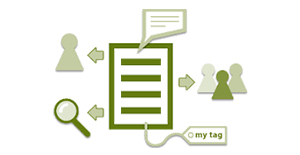Issue Details
A BRIEF STUDY ON PREDICTIVE ANALYTICS
Nisha Dattaraj Sawant, Dr. G. S. Parmar
Page No. : 96-100
ABSTRACT
The term "predictive analytics" refers to the use of statistics and modelling techniques to make predictions about future outcomes and performance. Predictive analytics looks at current and historical data patterns to determine if those patterns are likely to emerge again. This allows businesses and investors to adjust where they use their resources to take advantage of possible future events. Predictive analysis can also be used to improve operational efficiencies and reduce risk. Predictive analytics is a set of business intelligence (BI) technologies that uncover relationships and patterns within large volumes of data that can be used to predict behaviour and events. Unlike other BI technologies, predictive analytics is forward-looking, using past events to anticipate the future. Predictive analytics statistical techniques include data modeling, machine learning, AI, deep learning algorithms, and data mining. Often, the unknown event of interest is in the future, but predictive analytics can be applied to any type of unknown, whether it be in the past, present, or future. For example, identifying suspects after a crime has been committed or detecting credit card fraud as it occurs. The core of predictive analytics relies on capturing relationships between explanatory variables and the predicted variables from past occurrences and exploiting them to predict the unknown outcome. It is important to note, however, that the accuracy and usability of results will depend greatly on the level of data analysis and the quality of assumptions.
FULL TEXT









